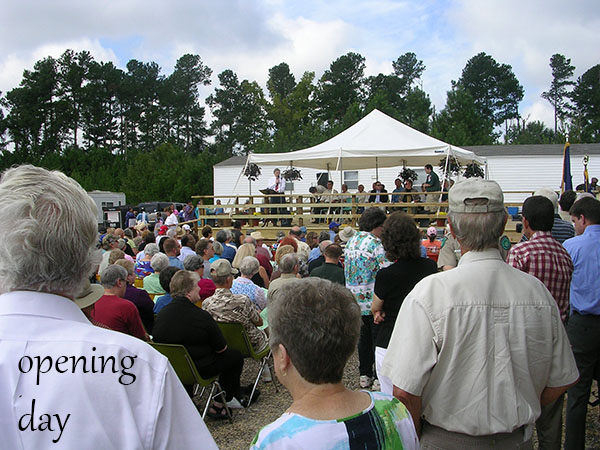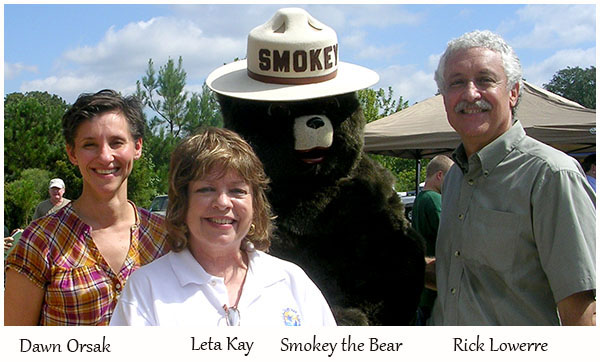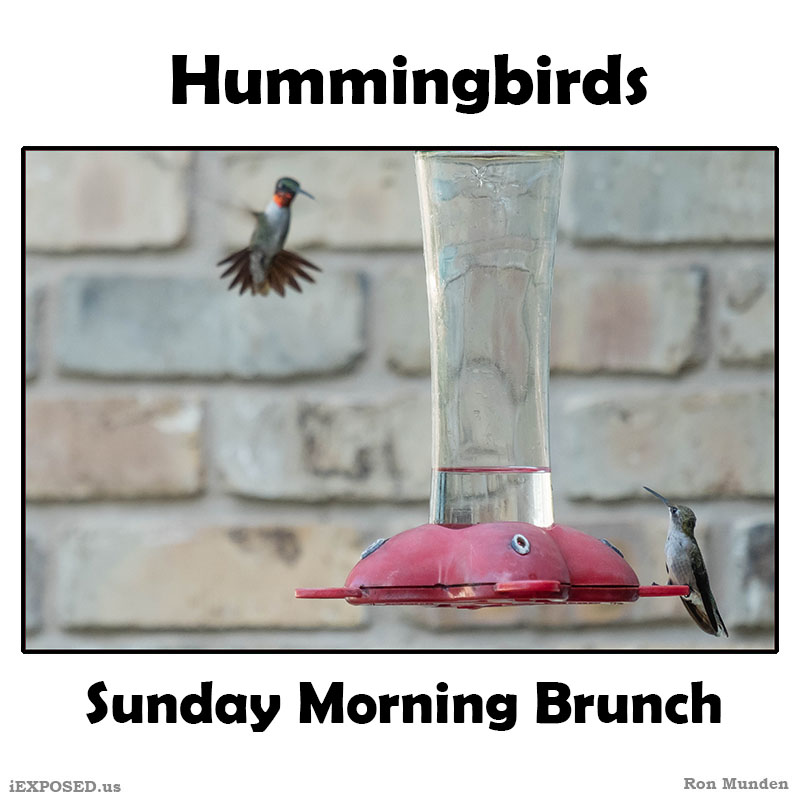Scenic Texas
SCENIC TEXAS CALLS ON TXDOT TO STOP THE UNNECESSARY DESTRUCTION OF 250+ ACRES OF TREES IN EAST TEXAS
State Agency Fails to Provide Evidence to Support “New Traffic Safety Program”
(AUSTIN, TEXAS) August 24, 2020 — Scenic Texas, the state’s only non-profit organization dedicated to the preservation and enhancement of our state’s visual environment, particularly as seen by the traveling public, is urging the Texas Department of Transportation (TxDOT) to stop two TxDOT highway projects in Northeast Texas from destroying 250 acres of trees. This project is part of a “safety program” that TxDOT is piloting in East Texas to be applied to the rest of the state.
In a July 13 letter sent to the Texas Transportation Commission, TxDOT and legislators, Scenic Texas outlined its concerns about two TxDOT projects (see below for project details) in the agency’s Atlanta District which encompasses nine counties. Combined, these projects will clear approximately 250 acres of trees along 110 miles of public Rights-of-Way (ROW) by an unprecedented doubling of clear zones from 30 feet to 60 feet. Scenic Texas believes these are the first two projects approved under this program but because the program is state-wide, these types of tree-clearing projects could happen anywhere in Texas.
Scenic Texas Executive Director Sarah Tober says that, “Scenic Texas agrees our state’s highway infrastructure should meet rigorous safety standards and provide ample clearance in case of an accident or need to pull over. However, engineers from TxDOT have seemingly based their decision to double this already generous clear zone on intuition rather than evidence. No state or national studies, data, or calculations have been publicly provided to support this decision. While TxDOT provided information to Scenic Texas on the number of off-road crashes in the area, no detail was given to demonstrate whether the injuries or fatalities involving drivers who ultimately hit trees had contributing factors before leaving the highway. For example, distracted driving, drunk driving, texting, or other driver error could have been the actual cause of most if not all of the accidents and thus the real reason the driver left the road and hit a tree.”
Tober continued, “In fact, a number of studies exist that conclude trees along highways help to slow down drivers. Trees also provide valuable environmental benefits including the protection of pavement and a scenic drive that, in some instances, took decades or centuries to make. Additionally, the decision to double the clear zone in the public ROW will have fiscal implications for TxDOT since broader ROWs require more maintenance.”
Scenic Texas maintains that the current 30-foot clearance zone has proven to be ample enough space for public protection, and that clear-cutting publicly-owned trees beyond 30 feet has not been proven to increase highway safety. Moreover, it reflects a lack of good stewardship of taxpayer dollars and harms the state’s scenic beauty. If allowed to proceed, these projects will set a negative precedent for TxDOT to arbitrarily double the clearance zone in the public ROW and destroy hundreds, if not thousands, of acres of publicly-owned trees, many of which are native.
In his August 11 letter to Scenic Texas, TxDOT Executive Director James Bass said that TxDOT, “will be planting wildflowers along the stretch of roadways where the trees have been removed.” Scenic Texas believes that most Texans cherish their trees and would consider this a gross misuse of taxpayer dollars and contrary to the 20-year-old Green Ribbon Program. This taxpayer-funded initiative is intended for abatement of non-attainment standards under the Clean Air Act through the planting of highway trees and shrubs. While Scenic Texas is in support of most beautification efforts by TxDOT, the nonprofit organization of 35 years is adamantly against the clearing of trees only to plant wildflowers in these trees stead. In addition to severely altering the beauty of our highways, taxpayers will first be paying for the clearcutting of trees and then will be paying for the planting of wildflowers and other maintenance of the expanded ROW.
***********************************
GIVE US YOUR FEEDBACK. CLICK ON “COMMENT” TO TELL US WHAT YOU THINK or use one of the alternative methods for providing feedback.
Click here to submit feedback. Let us know what you think.
click here to CLOSE THIS PAGE









